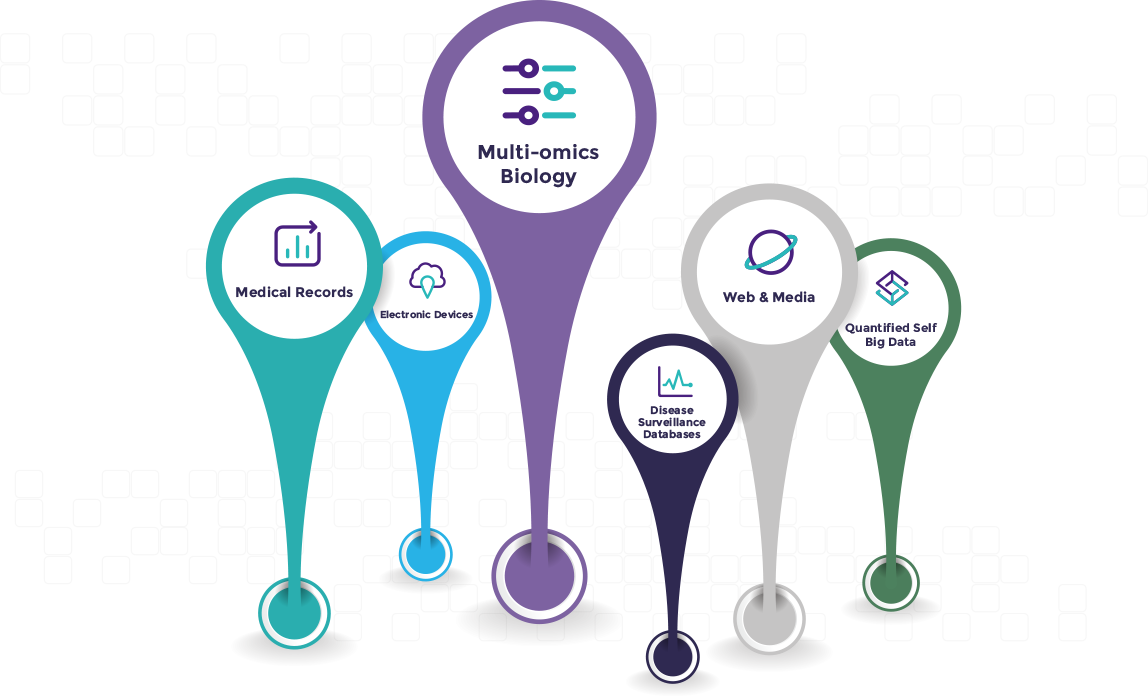Chronic diseases, such as cardio- and cerebrovascular diseases, chronic obstructive pulmonary diseases, and diabetes mellitus, have become important factors affecting our health as China's social economy develops. Given the trend of population aging as well as accelerated industrialization and urbanization, the prevalence of chronic diseases in China will undoubtedly rise further. The keyis prevention and control.




















 Early Warning
Early Warning Daily Interventions
Daily Interventions  Precision Diagnostics
Precision Diagnostics



